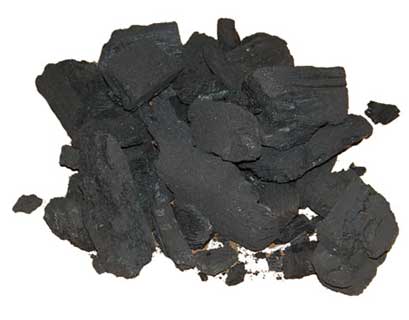DEPARTMENT OF CHEMICAL TECHNOLOGY OF WOOD
Profile of the Department:
nanobiotechnology
Charcoal is the black residue consisting of impure carbon obtained by removing water and other volatile constituents from animal and vegetation substances. Charcoal is usually produced by slow pyrolysis, the heating of wood, sugar, bone char, or other substances in the absence of oxygen (see pyrolysis, char and biochar). The resulting soft, brittle, lightweight, black, porous material resembles coal and is 50% to 95% carbon with the remainder consisting of volatile chemicals and ash.
Commercial charcoal is found in either lump, briquette, or extruded forms:
* Lump charcoal is made directly from hardwood material and usually produces far less ash than briquettes.
* Briquettes are made by compressing charcoal, typically made from sawdust and other wood by-products, with a binder and other additives. The binder is usually starch. Some briquettes may also include brown coal (heat source), mineral carbon (heat source), borax, sodium nitrate (ignition aid), limestone (ash-whitening agent), raw sawdust (ignition aid), and other additives like paraffin or petroleum solvents to aid in ignition.
* Extruded charcoal is made by extruding either raw ground wood or carbonized wood into logs without the use of a binder. The heat and pressure of the extruding process hold the charcoal together. If the extrusion is made from raw wood material, the extruded logs are then subsequently carbonized.
The characteristics of charcoal products (lump, briquette, or extruded forms) vary widely from product to product. Thus it is a common misconception to stereotype any kind of charcoal, saying which burns hotter, etc.




